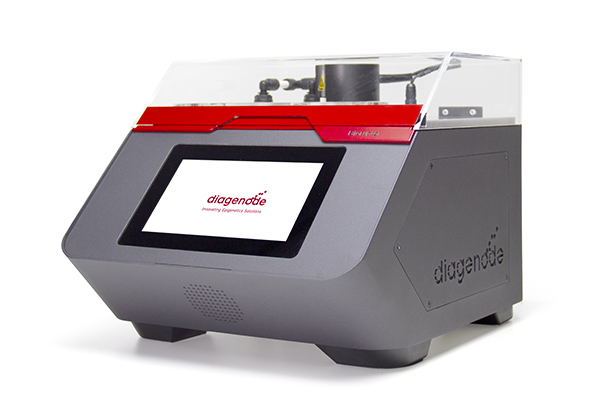Tan Y. et al.
Enhancer activation serves as the main mechanism regulating signal-dependent transcriptional programs, ensuring cellular plasticity, yet central questions persist regarding their mechanism of activation. Here, by successfully mapping topoisomerase I-DNA covalent complexes genome-wide, we find that most, if not all, acutely activated enhancers, including those induced by 17β-estradiol, dihydrotestosterone, tumor necrosis factor alpha and neuronal depolarization, are hotspots for topoisomerase I-DNA covalent complexes, functioning as epigenomic signatures read by the classic DNA damage sensor protein, Ku70. Ku70 in turn nucleates a heterochromatin protein 1 gamma (HP1γ)-mediator subunit Med26 complex to facilitate acute, but not chronic, transcriptional activation programs. Together, our data uncover a broad, unappreciated transcriptional code, required for most, if not all, acute signal-dependent enhancer activation events in both mitotic and postmitotic cells.

